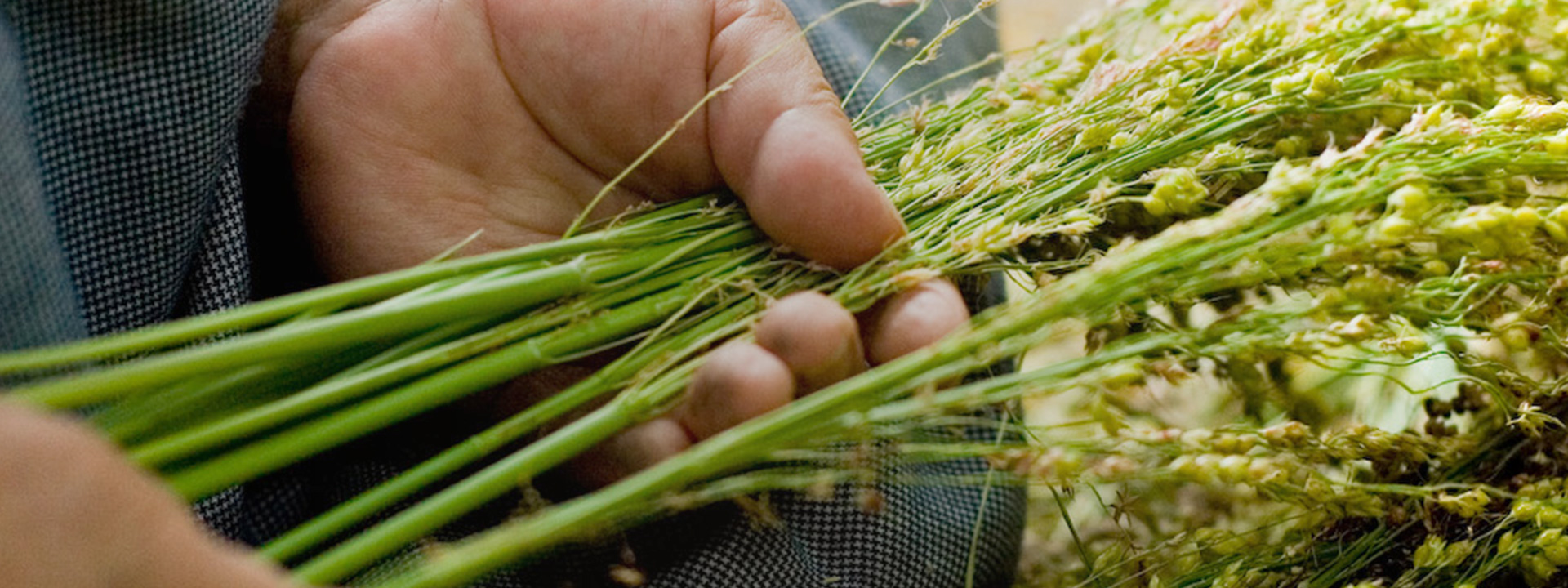HISTORY
Nanbuhouki loosely translated means a “broom from the Nanbu region”. Our brooms are crafted in Kunohe, located in the north of the main island of Japan.
In 1970, Tokusaburo Takakura (the founder of Takakura Kogei) was trained in the art of making the “Kanuma broom”, a traditional handcraft originating from the Tochigi prefecture. At that time, farmers in the village of Kunohe were already making brooms out of grain sorghum, but they sold them only as an additional source of income during winter.
When Tokusaburo brought seeds of broomcorn (another type of sorghum) from the Tochigi prefecture and planted them, he found that they did not grow the same way in Kunohe as they did in the Kanto area. The straws always became wavy at their tips.
Tokusaburo was concerned that he could not sell a broom made with this broomcorn because of its unusual appearance. So instead, he gave the broom to a relative.
“It’s a pity that we cannot make a nice broom like Kanuma in Kunohe…”
While Tokusaburo contemplated that thought, he got a call from his relative and was stunned when she told him: “I’ve never used a broom which removes so much dust so easily!”
The wavy quality of the broomcorn that he had initially disregarded as inferior, was actually incredible for maximizing the broom’s ability to remove dust. This quality is produced naturally by the climate in Kunohe which is called “yamase” (cold wind from the mountains).
The wavy tips are what distinguish Nanbuhouki and are considered the most important property of the brooms.
Sometimes, people bring our broom seeds back to their home country to try to grow broomcorn with the same properties. However, nobody has succeeded in growing it the same way as in Kunohe.
The best cleaning tool made of natural material, created by nature itself.
That is the root of Nanbuhouki.
QUALITY
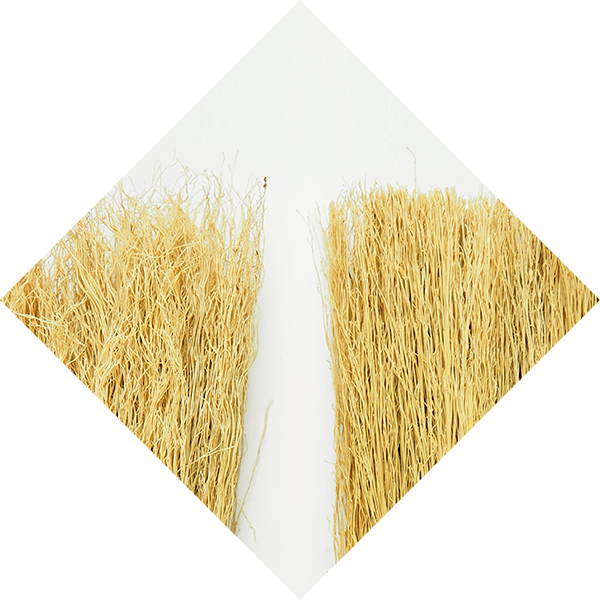

Brooms with wavy tips are made only in Kunohe
The wavy tips of the broom straws are the main characteristic of Nanbuhouki. Due to this property, the broom can remove even tiny dust particles from a carpet, a sweater, or any other types of clothing. You might be surprised by how much your pet likes to get brushed with the broom too. This unique wavy tip is created by a cold, wet wind called Yamase, which comes from the sea of Okhotsk in the Kunohe region. We take great care growing the broomcorn ourselves in Kunohe every year and keep the seeds which have the most promising features based on many years of our founder’s research.
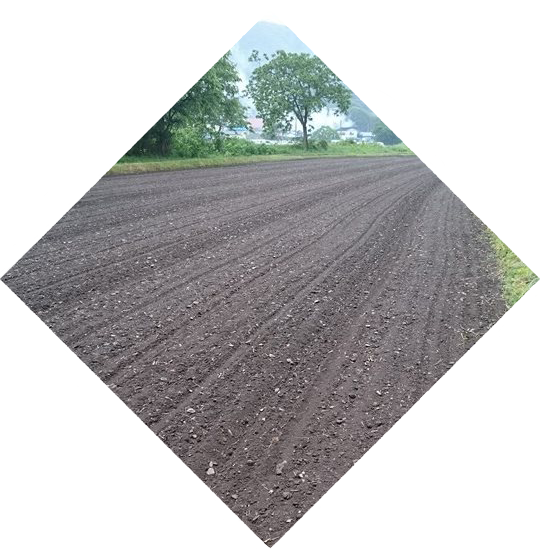

Chemical free and eco-friendly
We grow our plants without any agricultural chemicals. Kiyokatsu Takakura, president of Takakura Kogei, is certified as an Agricultural Supervisor and oversees the health of the soil, as well as the sowing and harvesting processes. In 2015, he developed an organic broom where the whole broom is made of natural materials that maintain a greenish color on the brush. Our vision is sustainable, human- and eco-friendly craftsmanship.
Handcrafted
From reaping to weaving, every step in the creation of our brooms is done by hand. In reaping especially, we reap each stalk one by one so that the tip does not get damaged. It takes one and a half months to finish this process. After that, it takes another one and a half months to select and divide the straw into 15 levels, depending on the structure and length of each tip. Once these steps are completed, we weave everything together with straw and silk thread. We use not only our hands but our feet as well to tighten the threads, a process that requires a lot of strength. At the end of this process, a beautiful broom has finally been born.

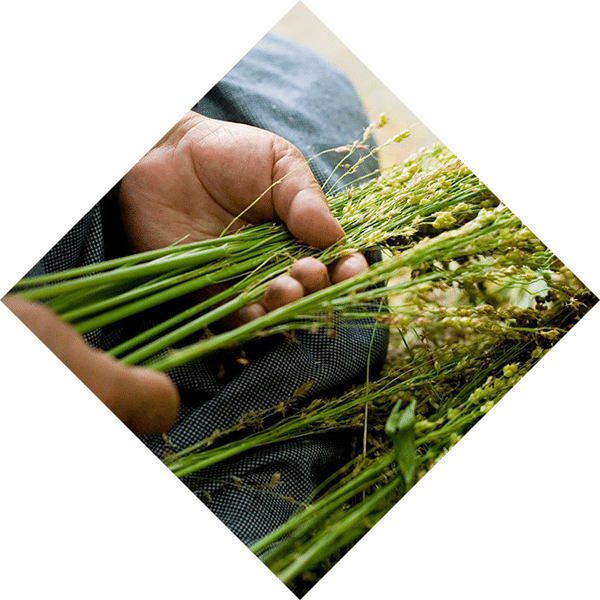

Rare and Valuable Brooms
Wavy straws are created in response to the climate – a stronger wave is better for removing dust. Our highest priced broom is about $10,000, for which we collect the best quality straws with the strongest waves for a period of over three years before finalizing the broom. The Nanbuhouki is characterized not only by the wavy straws, but also by its unique design. Our brooms also display a variety of beautiful craftwork, such as the traditional style of weaving and the use of Urushi Japanese lacquer for the broomstick.
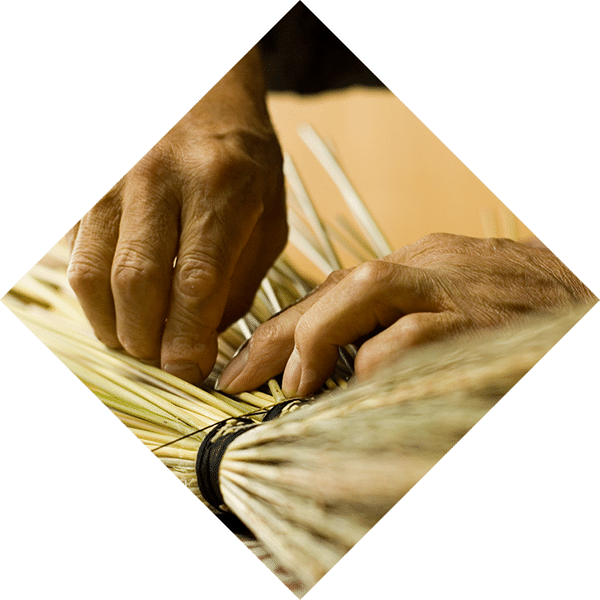

Longevity
With proper care, your Nanbuhouki will last for 20 – 30 years. Even though the broom is not made of artificial materials like a vacuum cleaner, it is very durable and will not break under normal use. Our brooms are stronger than brooms manufactured in factories, because the brush of our broom is dense, and the straws are supported and held together by each other. We will explain how to properly use and take care of your broom on this page (Use & Care). We hope that you will enjoy our broom for many years to come.
THE CRAFTSMANSHIP
Takakura Kogei has been making brooms for over 25 years. The traditional work however has been handed down from generation to generation for well over 100 years.
Of course, making brooms is not the only thing we take pride in.
Communicating with nature is also very important to us, as it affects our ability to make a high-quality broom.
The natural environment has changed a lot in recent years.
It is more important than ever to listen to nature and use our experience to determine the best time for sowing and reaping.
Nanbuhouki is made based on the natural environment which we can never change.
We value our traditions, which bring beauty and convenience, and we will continue to pass them on to future generations.


